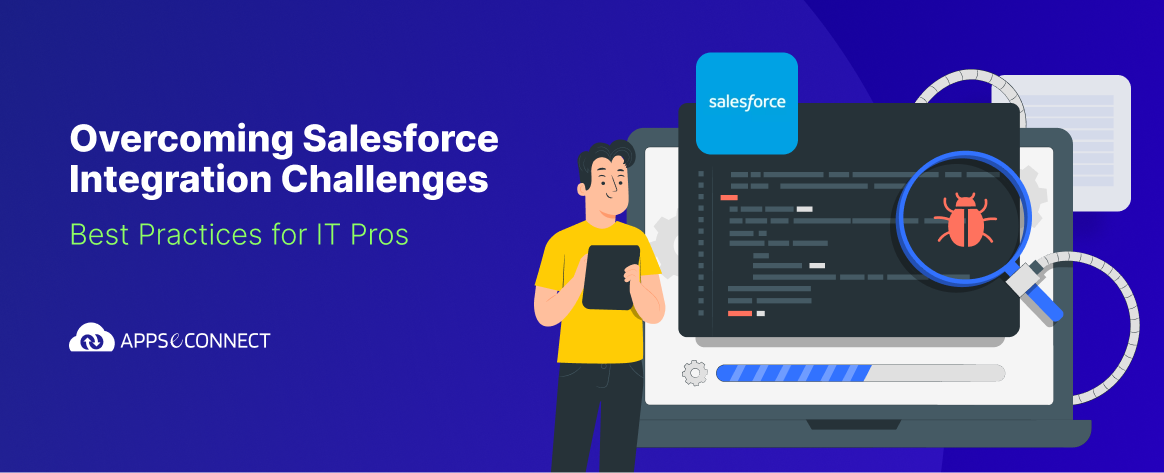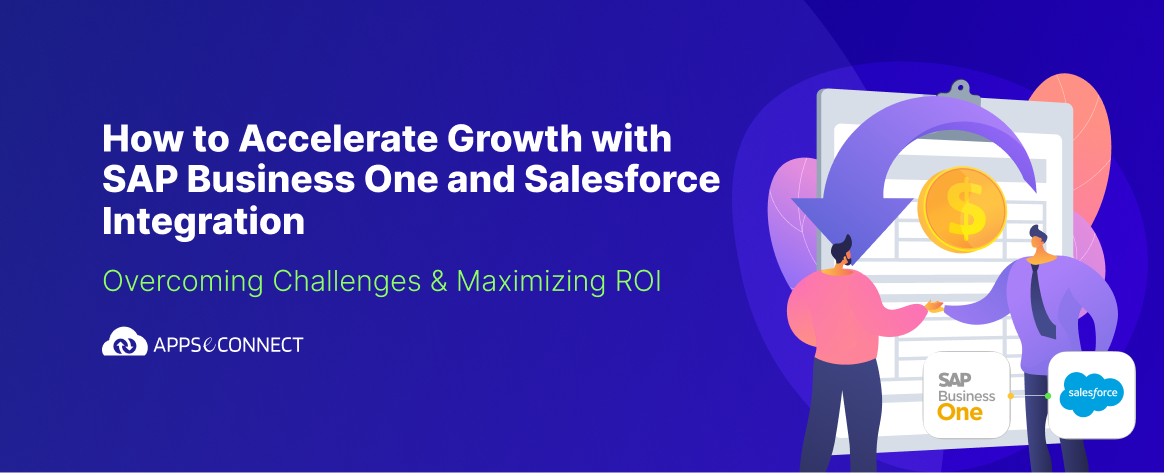In today’s world, it is difficult to think of any application that we use in our everyday life, such as a mobile app, website or desktop app, which is not using API. In very simple words, an API is how two software can communicate with each other. To ensure that the quality and credibility of the APIs can be maintained over a long period of time, we must ensure a few things.
Ensure Quality and Credibility of Your APIs
Plan and Design APIs Carefully
As days pass and businesses grow, the business scenarios change. However, it becomes increasingly difficult to change the API due to their increased complexity with time. The factors taken into consideration at the time of initial API development – both business and technical, may not remain relevant with time and may have to be updated. The subsequent integrations also become more complex and difficult to change.
Hence it is extremely important that all the required guidelines and best practices are followed during the API designing phase itself.
Release Only the Tested APIs into Production
Full and frequent testing should be done to ensure that the APIs are working properly. Even after successful testing, it should be made sure that regular API monitoring and execution of the Test Cases are done.
Verify That API Actions Are Performed Correctly
It should be made sure that the calls from the APIs are completed successfully. Also, it should be checked that the API response is returning expected valid values.
It is important to ensure that the various APIs are returning correct responses for different API requests. The Response along with the correct status code should be returned. Along with the HTTP Status Code, the response Payload, response Headers should also be verified.
Considered the Performance of the APIs as well
The communication between the API should be very fast. For every API request, the response should be returned in the minimum amount of time – usually in a matter of milliseconds. Also, load testing of the APIs should be done, so as to ensure that the API is able to handle a large number of requests without failing.
Other performance parameters to consider during API testing are how many database calls it is making to return the response, how many web services calls are getting generated, etc. Proper Throttling policies should be applied. The API should also be scalable.
The API should be Easy to Implement
A great API is easy to use and easily programmable. It is easy for developers to understand and use the API. The easier an API is, the more it will be adopted and preferred over other options. It also helps if proper documentation is available for the APIs, so that it can be easily used by the users.
Security
API Security is one of the most important factors that should be considered before releasing your APIs into Production. The communication between the API should be secure as even a single incident of API security issue may tarnish your carefully built-up reputation. APIs may pass critical personal and financial information such as credit card information. Hence it becomes extremely critical that APIs do not allow unauthorized access or operations. Sensitive data should be encrypted. If there are APIs available for certain roles only, then it should be made sure, that users other than the allowed roles are not able to use or access the API. Additionally, Data leaks should not happen, i.e. internal data that is not meant for public access should not be accidentally leaked in the response payloads.
Mobile Readiness of APIs
In today’s world, mobile apps have grown in popularity by leaps and bounds. So it is also very important for any business to make sure that the developed APIs are platform agnostic. What is on the web today will be available on mobile tomorrow and during that change, the developed APIs should be supported in the mobile devices also.
API Maintenance
The developed stack of APIs should be easy to maintain. Successful development, testing and publishing of an API is not the end of an API Lifecycle. API should be updated regularly keeping with the constant changes happening in the Application. You may also have to update the API based on user feedback. In these scenarios, updating the APIs should not be a cumbersome process.
Knowing What is Wrong and How to Resolve the Error In Case of Any Issues
In few cases, it may be necessary to roll back the changes done to an existing API. Following a good API designing and management strategy will ensure that the rollback process can be done smoothly with the minimum amount of impact on the users.
APPSeCONNECT, a robust business application integration platform works with the help of API-led connectivity to integrate various applications and nurture the smooth running of a business. Because the platform uses APIs, it is a platform that can more than what we expect. APPSeCONNECT can integrate seemingly disparate applications and software with the power of APIs at hand and deliver a smart API integration experience, which seeks to remove the gap between digital systems. With this, APPSeCONNECT can now consolidate data of any platform with compatible APIs.
Now, you can easily connect your line of business apps under one single platform to automate the business process!




















